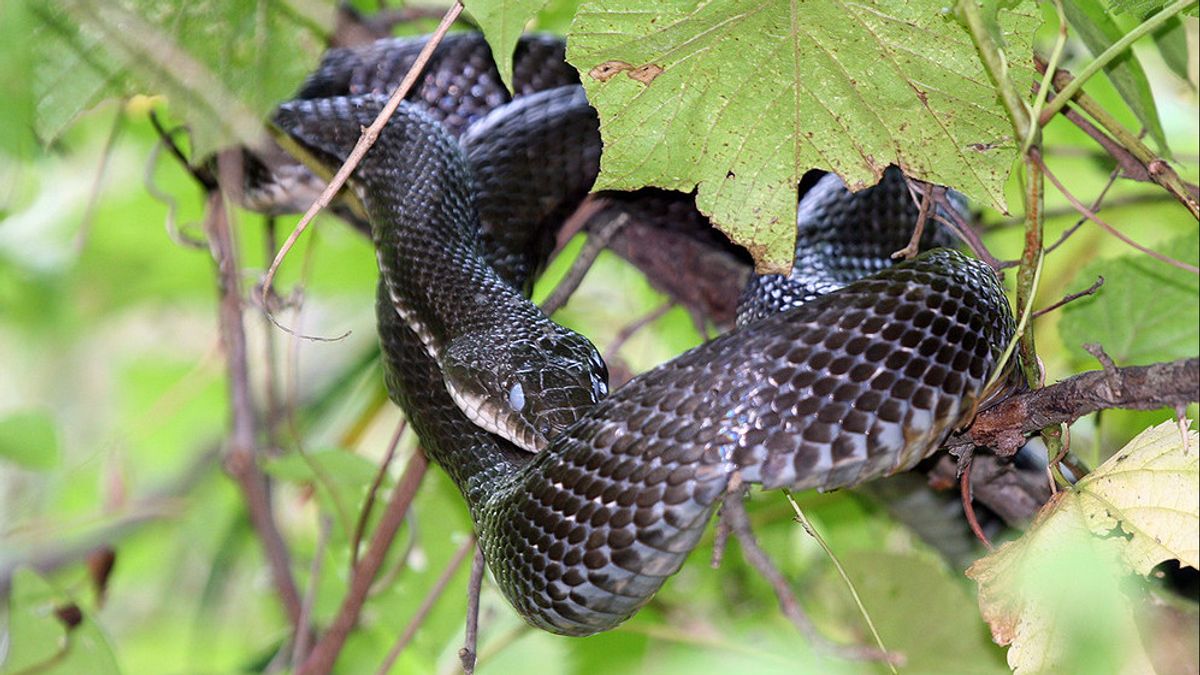JAKARTA - Ten years after the Fukushima disaster, scientists in a study have found snakes can be used to measure radioactive contamination in the region.
Three nuclear reactors were damaged after a 15-meter-high tsunami knocked out electricity and cooling at the Fukushima Daiichi Power Station in 2011.
The accident was rated 7, the highest level, on the International Nuclear and Radiological Events Scale, endangering all living things and the surrounding environment.
Much like canaries in coal mines, the team from the University of Georgia found that rat snakes from the region were an effective bioindicator of residual radioactivity. This means they act as signals for the health of their local ecosystems.
Rat snakes are restrictive and are often kept as pets because their bites are non-venomous.

"Snakes are a good indicator of environmental pollution, because they spend a lot of time in and on the ground," said James Beasley, advisor to the study.
"They have small home ranges and are the main predators in most ecosystems. And they are often long-lived species."
How was the experiment done? Transmitters were mounted on nine snakes and using a combination of GPS and local high-frequency tracking, their movements were monitored.
After a month of monitoring, 1,718 sites were identified on the Abukuma Plateau, about 24 kilometers northwest of the Fukushima Daiichi Nuclear Power Plant.
The scientists found that rat snakes only traveled short distances, sometimes as little as 65 meters, then sought shelter underground during the winter months increasing their exposure to highly contaminated soil. They are also the main predators in the ecosystem and have a relatively long life span.
This means that rats accumulate high levels of radionuclides, unstable chemical elements that can be used to determine varying degrees of contamination in small areas the snake traverses.

How can snakes indicate the health of an ecosystem? The research team said snakes were a better indicator of local contamination than more mobile animal species such as wild boars, songbirds or East Asian raccoon dogs. Data from this study can help clarify how the habitat of species such as rat snakes affects their radiation exposure.
"Our results suggest that animal behavior has a major impact on radiation exposure and contaminant accumulation," said the study's lead author, Hannah Gerke.
"Studying how certain animals use contaminated landscapes helps improve our understanding of the environmental impacts of major nuclear accidents like Fukushima and Chernobyl," he concluded.
The English, Chinese, Japanese, Arabic, and French versions are automatically generated by the AI. So there may still be inaccuracies in translating, please always see Indonesian as our main language. (system supported by DigitalSiber.id)












